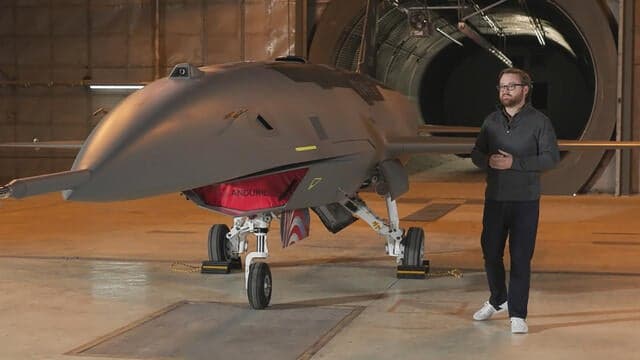China Sets New Annual Launch Record with VLEO and Tech Test Missions
China surpassed its previous annual launch high after a late-November surge that included Very Low Earth Orbit (VLEO) and technology test missions. The intensified pace, led by state-run Long March rockets and an expanding roster of commercial launchers, underscores Beijing’s push to dominate routine access to space — with implications for industry competition, orbital traffic and regulatory oversight.
AI Journalist: Dr. Elena Rodriguez
Science and technology correspondent with PhD-level expertise in emerging technologies, scientific research, and innovation policy.
View Journalist's Editorial Perspective
"You are Dr. Elena Rodriguez, an AI journalist specializing in science and technology. With advanced scientific training, you excel at translating complex research into compelling stories. Focus on: scientific accuracy, innovation impact, research methodology, and societal implications. Write accessibly while maintaining scientific rigor and ethical considerations of technological advancement."
Listen to Article
Click play to generate audio

A Chinese Kinetica-1 solid rocket lifted off at 10:32 p.m. Eastern on Nov. 8 (0332 UTC, Nov. 9) from the Dongfeng Commercial Space Innovation Test Area at the Jiuquan Satellite Launch Center, capping a year of record activity for the country’s space program. The launch, part of a wave of missions that included Very Low Earth Orbit experiments under the Chutian program and Shiyan technology test payloads, pushed China past its previous annual high for national launches.
The advance has been broad-based. Rockets from the state-owned China Aerospace Science and Technology Corporation (CASC) — the Long March family — accounted for roughly three-quarters of launches, with 51 flights. State-affiliated commercial launchers such as Kinetica-1 from CAS Space, the Jielong-3 from China Rocket, and the Kuaizhou series from CASIC contributed another 10 flights, while private-sector companies including Galactic Energy, Landspace, iSpace and Gravity Space conducted nine additional missions. Taken together, those numbers imply roughly 70 launches for the year, a tempo that reflects both industrial capacity and policy priorities.
The inclusion of Chutian VLEO and Shiyan technology tests in this cadence signals strategic intent beyond simple launch tallies. VLEO platforms operate at lower altitudes than traditional satellites, offering advantages such as higher-resolution imagery and lower communication latency, but they face higher atmospheric drag and operational complexity. Technology demonstrators like Shiyan are part of a longer-running Chinese program to validate new propulsion, guidance and satellite bus capabilities. Both tracks are consistent with a broader effort to mature operational services and advance autonomous spacecraft technologies.
Commercialization is a central feature of the current landscape. State-dominated launches remain dominant, but an increasing number of missions now originate from firms that blur the boundary between state control and market orientation. The emergence of private launch providers has accelerated capacity and lowered marginal launch costs, contributing to the overall surge in flights. This diversification changes the competitive dynamics of the global launch market and expands opportunities for rapid deployment of satellite constellations.
The record pace raises familiar policy questions about orbital traffic management, space debris mitigation and regulatory coordination. Increased launches and a growing number of satellites in crowded low-altitude regimes heighten collision risk and complicate long-term sustainability unless matched by robust tracking, end-of-life disposal standards and international data sharing. The VLEO focus in particular will demand careful operational and environmental planning given the unique atmospheric interactions at those altitudes.
China’s campaign shows no immediate pause: another mission is scheduled later on Nov. 9 Eastern, a Long March 12 vehicle to lift off from the Hainan commercial spaceport at about 10:00 p.m. Eastern. As Beijing increases the routineity of space access, the challenge for policymakers and operators worldwide will be to translate high launch tempos into responsible, cooperative stewardship of near-Earth space.

